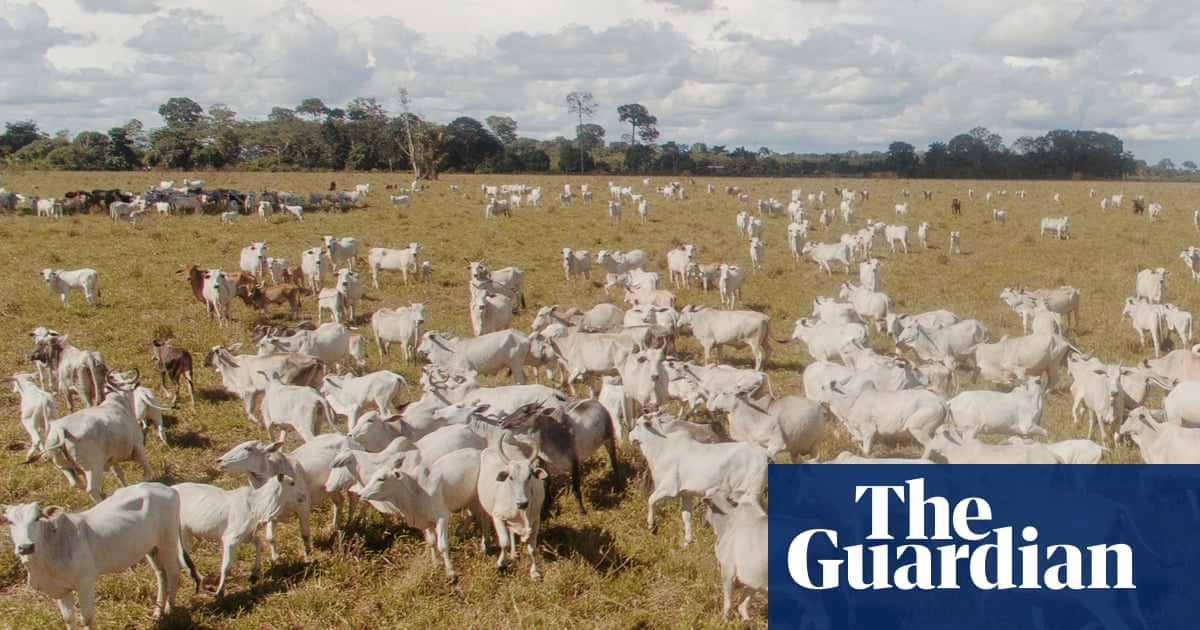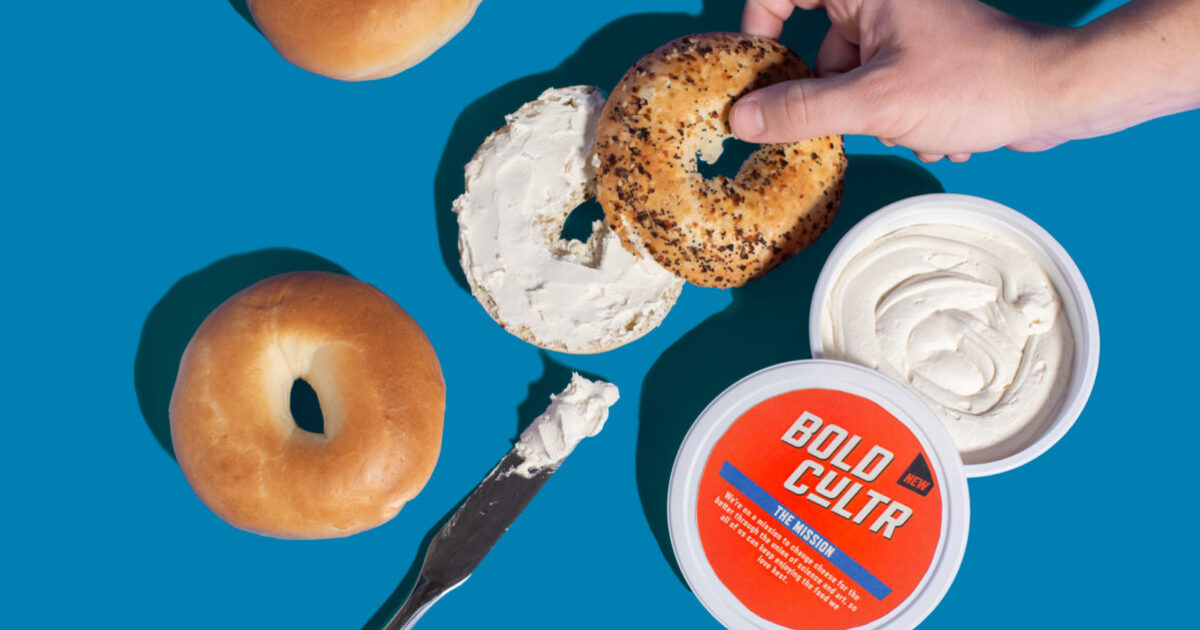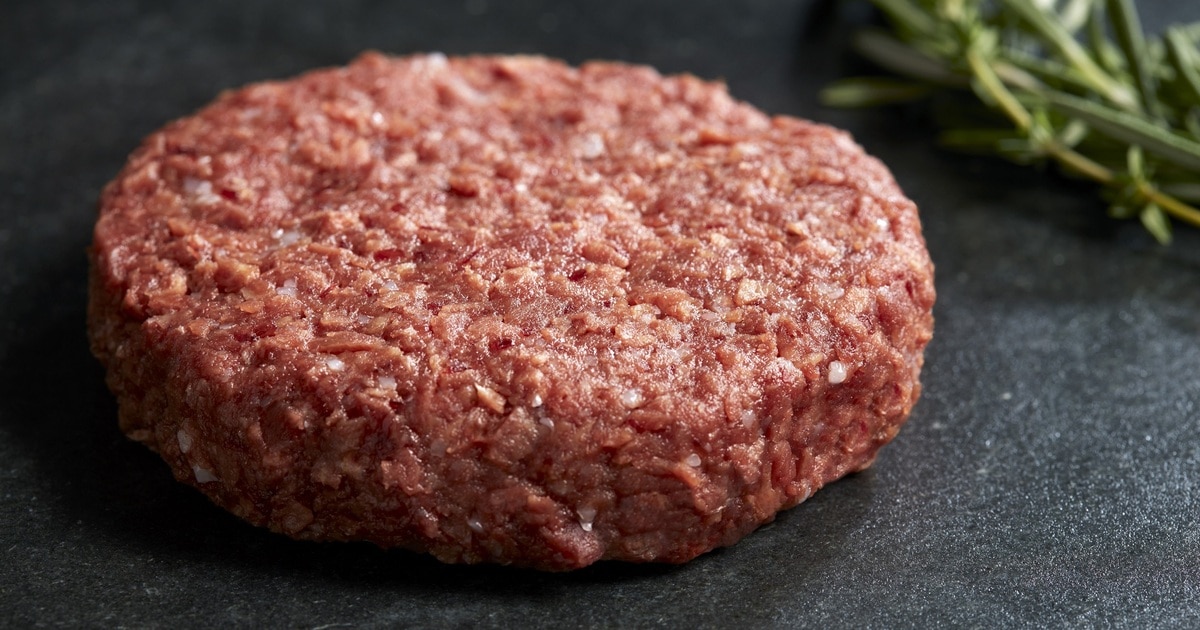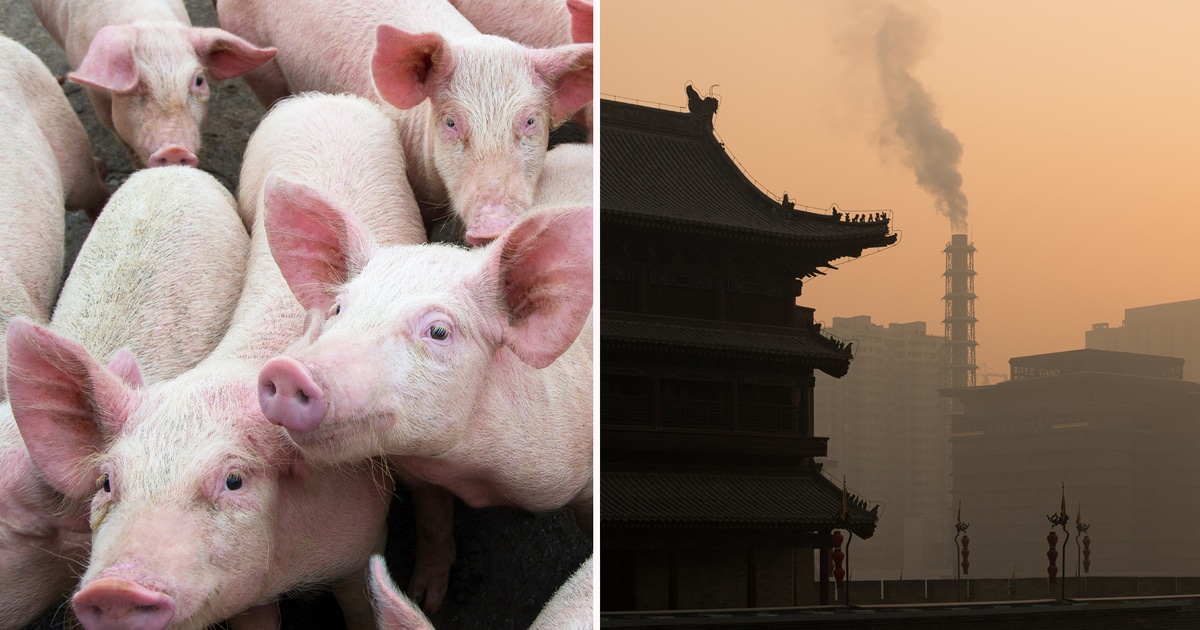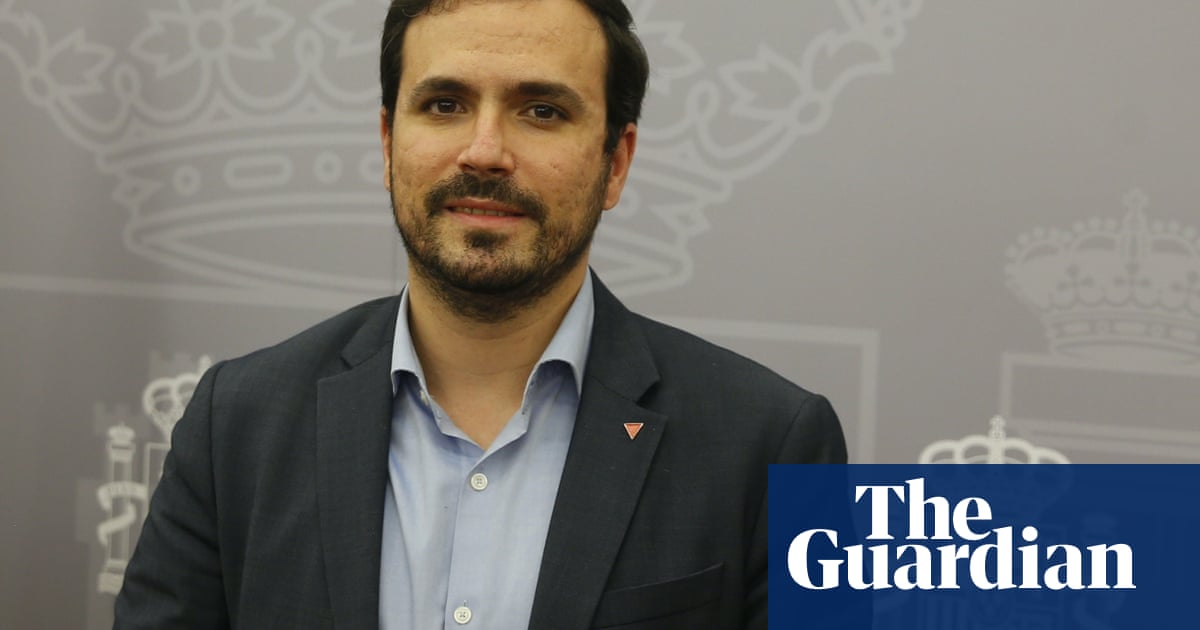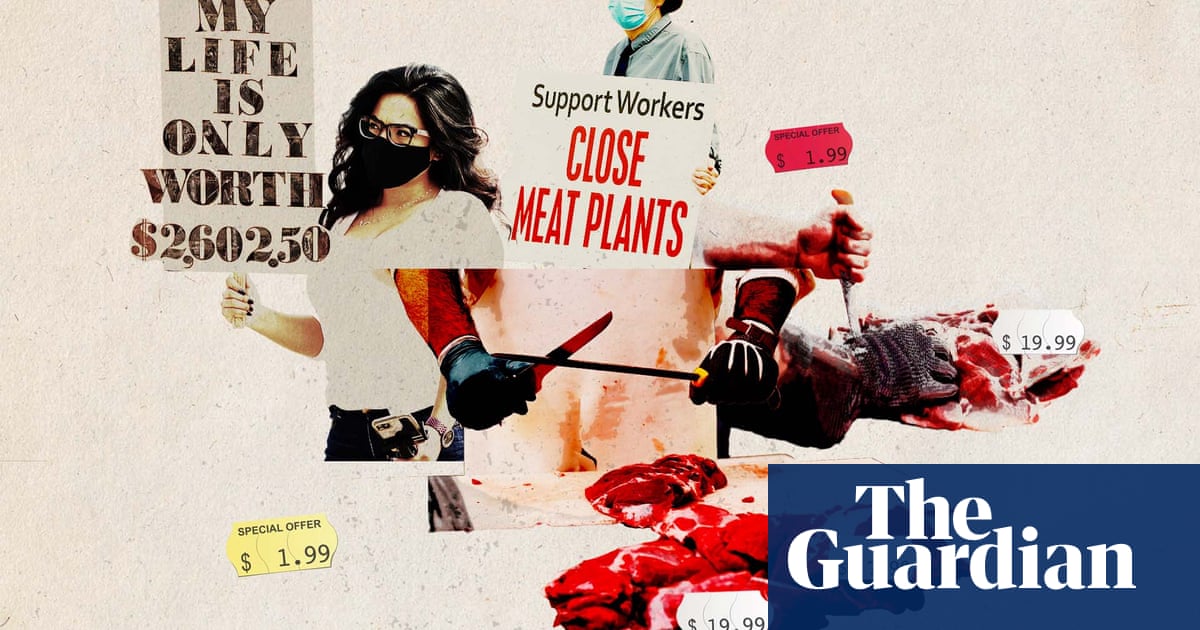
‘Historic failure’: pandemic tragedies in the meatpacking industry were decades in the making
Companies and regulators have been accused of treating workers as cogs in a machine that feeds America’s meat obsession. Covid-19 only exposed the human cost
Early in the pandemic, Covid outbreaks were rampant in America’s meatpacking plants – the factories that kill, cut and package animals. But the chairman of one of America’s biggest meat companies, Tyson, argued that these factories should stay open to feed Americans. “It is as essential as healthcare,” John Tyson wrote in several newspaper ads. Days later President Donald Trump issued an executive order to keep meat plants running. The following month, 49 meatpacking workers died of Covid.
In the late-1980s, Osha found dozens of underreported injuries in large plants in Nebraska. Workers who were sick or hurt were pushed to keep working, or risk losing their jobs. The US Governmental Accountability Office (GAO) found similar practices in an investigation a few years ago, including one doctor who said injured meatpacking workers asked for medical permission to work “because their employer had threatened to fire them if they could not do their jobs”
As historian Wilson J Warren writes, the US meat industry transformed “from a relatively safe, well-paying industry employing primarily native-born white and Black people into an increasingly dangerous, low-paying industry employing a large number of immigrants”. And the ultimate goal for all of this was to improve the bottom line




